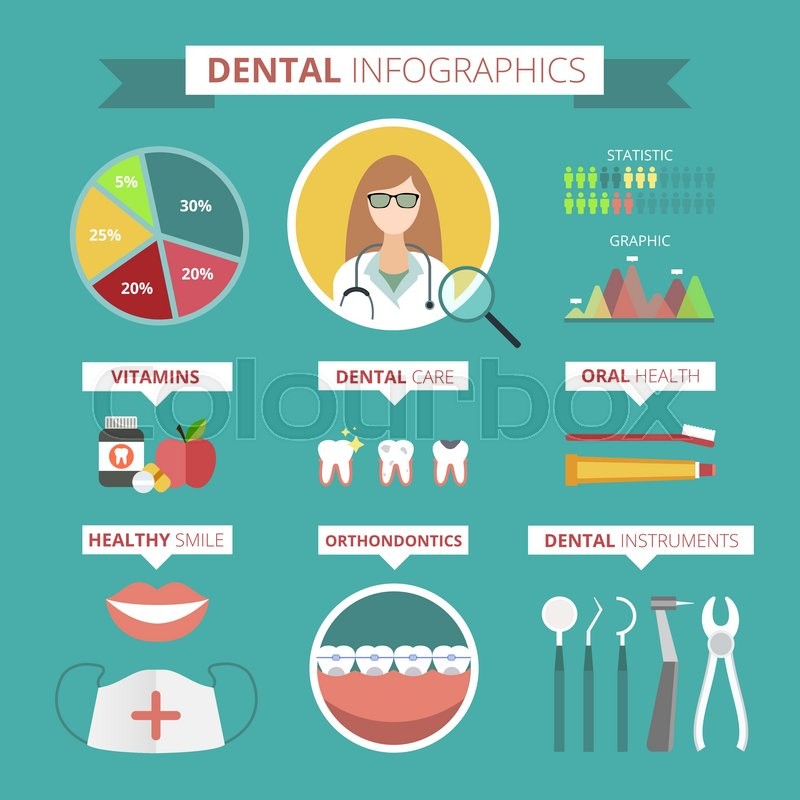The Improvement Of Dental Surgery: Pioneering Technologies And Proceeds Specifying The Field
The Improvement Of Dental Surgery: Pioneering Technologies And Proceeds Specifying The Field
Blog Article
Content By-Demir Jefferson
Invite to the world of dental surgery, where advancements and advancements are shaping the future of the area! In https://archertoicx.thenerdsblog.com/38751501/in-sedation-dentistry-stress-and-anxiety-disappears-making-oral-visits-much-more-pleasurable-find-exactly-how-these-techniques-can-change-your-experience-in-the-chair , you'll witness the transformative power of robotics, the innovative wonder of 3D printing, and the game-changing influence of minimally invasive strategies.
The future of oral surgery holds a guarantee of precision, effectiveness, and enhanced individual results. With the help of sophisticated robotics, specialists are able to execute complex treatments with better accuracy and control.
3D printing technology is transforming the creation of dental implants and prosthetics, using personalized remedies that fit effortlessly right into each client's one-of-a-kind composition.
Additionally, minimally Read the Full Document are reducing post-operative pain and recuperation time, permitting clients to go back to their day-to-days live sooner.
Prepare to check out the interesting technologies and developments that are improving the landscape of dental surgery!
Improvements in Robotics
One major improvement in dental surgery is the use of robotic technology, which enables accurate and efficient operations. With the help of robotic systems, dental specialists have the capability to execute complex surgical procedures with enhanced precision, lessening the risk of human mistake.
These robotic systems are outfitted with innovative imaging innovation and precise tools that allow surgeons to browse with elaborate physiological frameworks easily. By making use of robotic modern technology, cosmetic surgeons can attain higher surgical precision, causing improved patient outcomes and faster recuperation times.
In addition, making use of robotics in oral surgery allows for minimally intrusive procedures, reducing the injury to bordering tissues and advertising faster recovery.
3D Printing in Oral Surgery
To boost the area of oral surgery, you can discover the subtopic of 3D printing in dental surgery. This innovative innovation has the potential to reinvent the means dental cosmetic surgeons run and treat clients. Here are 4 essential methods which 3D printing is forming the field:
- ** Custom-made Surgical Guides **: 3D printing permits the development of highly accurate and patient-specific surgical guides, boosting the precision and performance of treatments.
- ** Implant Prosthetics **: With 3D printing, oral cosmetic surgeons can produce customized implant prosthetics that flawlessly fit an individual's distinct anatomy, leading to much better results and individual fulfillment.
- ** Bone Grafting **: 3D printing enables Learn Alot more Here manufacturing of patient-specific bone grafts, lowering the demand for typical implanting strategies and improving healing and healing time.
- ** Education and Educating **: 3D printing can be made use of to create reasonable surgical versions for instructional purposes, allowing oral cosmetic surgeons to practice intricate treatments prior to performing them on clients.
With its potential to enhance precision, personalization, and training, 3D printing is an amazing development in the field of dental surgery.
Minimally Intrusive Strategies
To better progress the area of oral surgery, accept the possibility of minimally intrusive strategies that can significantly profit both surgeons and patients alike.
Minimally invasive methods are revolutionizing the area by decreasing surgical trauma, reducing post-operative pain, and accelerating the recovery procedure. These techniques entail making use of smaller sized incisions and specialized instruments to carry out treatments with accuracy and performance.
By utilizing sophisticated imaging modern technology, such as cone beam computed tomography (CBCT), doctors can accurately intend and perform surgical procedures with minimal invasiveness.
Additionally, the use of lasers in oral surgery permits accurate cells cutting and coagulation, resulting in minimized bleeding and lowered healing time.
With minimally invasive techniques, clients can experience much faster recuperation, minimized scarring, and boosted end results, making it an important facet of the future of oral surgery.
Conclusion
So, as you can see, the future of dental surgery is unbelievably encouraging, with amazing advancements and advancements shaping the field.
From the improvements in robotics to the use of 3D printing and minimally intrusive techniques, oral surgeons are reinventing the method they offer care.
While some might stress over the prospective cost connected with these advancements, it is necessary to keep in mind that these modern technologies eventually improve patient outcomes and decrease healing time, making them well worth the financial investment over time.
